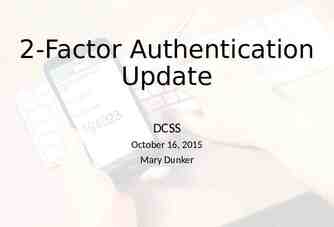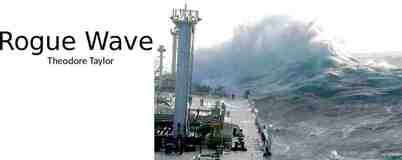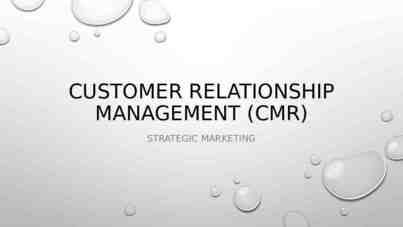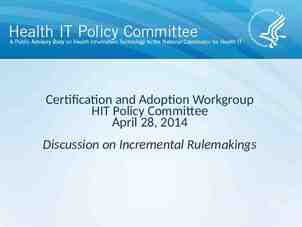Building Blocks for Growth CHIEF DIRECTORATE: CURRICULUM MANAGEMENT
20 Slides2.12 MB
Building Blocks for Growth CHIEF DIRECTORATE: CURRICULUM MANAGEMENT 2020 LEARNER SUPPORT VIRTUAL LESSON BUSINESS STUDIES GRADE 12 TERM 2 LESSON: MANAGEMENT AND LEADERSHIP MRS K. MGIJIMA 1
BUSINESS VENTURES (MAIN TOPIC) MANAGEMENT AND LEADERSHIP: CONTENT LAYOUT (According to exam guidelines 2020 Elaborate on management and leadership Differentiate between management and leadership LEADERSHIP STYLES: Outline the difference between the ff. leadership styles: Democratic Autocratic Laissez-faire/ Free-reign Charismatic Transactional
CONTENT LAYOUT (continued) Identify the style from given scenarios and motivate Discuss/evaluate the impact (advantages/disadvantages) of each style Suggest/ Recommend situations in which each style can be applied LEADERSHIP THEORIES Discuss /explain the ff. theories Leaders and followers Situational leadership Transformational leadership Transitional leadership Identify theories from given scenarios Explain/Discuss the role of personal attitude in successful leadership Identify the role of personal attitude in successful leadership from given scenarios
Meaning of management and leadership Management Coordination of planning, organizing, leading and controlling Manager because of the position appointed to Have power because of the position of authority Leadership Ability to influence and guide followers Inspiring subordinates to perform in order to achieve goals It is an inborn trait
DIFFERENCE BETWEEN MANAGEMENT AND LEADERSHIP LEADERSHIP influences human behaviour Focuses on what and why Focuses on the horizon/ long term Are born with natural leadership skills Inspires staff to trust and support each other MANAGEMENT Guides human behavior Focus on how and when Focuses on bottom line/ short/medium/long term Becomes a manager because of the position in which a person is appointed Control systems and procedures to get the job done 5
DEMOCRATIC LEADERSHIP Leader invites team members to contribute ideas and participate in decision-making process Application: When employees are skilled and eager to share their ideas Decisions need to be looked at from several perspectives Leader does not have all the information needed to make a decision. 6
IMPACT OF DEMOCRATIC STYLE POSITIVES/ ADVANTAGES Allows employees to participate in decision-making, so they feel empowered. Staff gives a variety of ideas Two-way communication ensures commitment Inspire employees to be productive NEGATIVES/ DISADVANTAGES Incorrect decisions may be takes if staff is inexperienced It is time-consuming Employees may feel discouraged if their opinions are not considered Not effective in times of crisis 7
AUTOCRATIC LEADERSHIP Leader takes decisions on his/her own without consulting staff Application: In crisis situations, e.g meeting tight deadlines When employees are new or not fully trained. When employees are not cooperative 8
IMPACT OF AUTOCRATIC LEADERSHIP POSITIVES/ADVANTAGES Quick decisions can be taken Work gets done in time Top-down communication is clear Clear guidance to low-skilled workers NEGATIVES/DISADVANTAGES Workers can become demotivated if their opinions are not considered Demotivated workers impact negatively on productivity High employee turnover rate because they are not valued 9
DIFFERENCES BETWEEN THE DEMOCRATIC AND AUTOCRATIC LEADERSHIP STYLES DEMOCRATIC Leader involves employees in the decision making process. Two way communication ensures group commitment People-oriented, as employees’ opinions are considered Useful when the leader depends on the inputs of experienced employees AUTOCRATIC Leader takes all decisions alone without involving employees Top-down communication is clear and employees know exactly what to do Task-oriented as opinions of employees are not considered. Useful in crisis situation e.g. after an accident 10
LAISSEZ-FAIRE/FREE REIGN Leader delegates tasks to employees with little or no direction given Application: Subordinates are experts and know what they want to achieve Leader is very busy and delegation of tasks will increase productivity 11
IMPACT OF LAISSEZ FAIRE LEADERSHIP POSITIVES/ADVANTAGES Workers are allowed to make decisions on their work Workers work independently Leader motivates workers by trusting them to do things on their own NEGATIVES/DISADVANTAGES Lack of clear direction can demotivate workers Productivity may be compromised with lack of tight control over workers not meeting deadlines Productivity might be low 12
CHARISMATIC LEADERSHIP Leader uses charm to influence followers Application: Sell vision and achieve excellent results. Motivate employees as the leader is energetic/ inspiring. Inspire loyalty/hard work among employees. 13
IMPACT OF CHARISMATIC LEADERSHIP STYLE POSITIVES/ADVANTAGES NEGATIVES/DISADVANTAGES Expert at selling vision and achieve excellent results. Employees are motivated as the leader is energetic/ inspiring. Inspires loyalty/hard work among employees Leader believes more in him/her than the team. Projects can collapse if the leader leaves the team. Leaders are intolerant of challenges and regard themselves as irreplaceable. 14
TRANSACTIONAL LEADERSHIP Leaders focuses on motivating followers through a system of reward and punishment Application: When the business wants to maximise employee performance. When deadlines have to be met on short notice/under pressure. When workers have a low morale. When productivity levels are very low/not according to targets. 15
IMPACT OF TRANSACTIONAL LEADERSHIP POSITIVES/ADVANTAGES NEGATIVES/DISADVANTAGES Encourages employees to work hard Employees may become bored as because they will receive rewards. they have to follow rules/ procedures. Improves employees' productivity and A leader will have to monitor the work morale. performance of employees to ensure that expectations are met. The goals and objectives can be Some employees may be achieved as workers are motivated. demoralised if they fail to meet Employees know what are expected targets despite having worked very of them. hard. 16
SITUATIONAL THEORY Different leadership characteristics are needed for different situations. The task/situation dictates the leadership style that should be applied, so leaders are adaptable/flexible/self-assured. Relationships between leaders and employees are based on mutual trust. Leaders analyse group members, to adopt a suitable leadership style. 17
LEADERS AND FOLLOWERS THEORY Leaders lead by example and reward positive behaviour Leaders motivate employees to devise alternative strategies to find more efficient ways to use available resources. Followers listen to what is expected of them and are willing to work as a team. Followers easily accept responsibility when something doesn’t work out. Followers might just trail along depending on leaders and other followers to pull them through the task. 18
TRANSFORMATIONAL THEORY Suitable for a dynamic environment, where change could be drastic. The passion/personality of leaders inspire followers to change their expectations/motivation to work towards a common goal. (charismatic personality) Leaders have the trust/admiration of their followers Followers are mentored/emotionally supported through transformation/change so that they can share their ideas freel 19
ROLE OF PERSONAL ATTITUDE IN SUCCESSFUL LEADERSHIP Positive attitude releases leadership potential. A leader's good/bad attitude can influence the success/failure of the business. Great leaders understand that the right attitude will set the right atmosphere. Leaders' attitude may influence employees'/teams' thoughts/behaviour. Leaders should model the behaviour that they want to see in team members. Enthusiasm produces confidence in a leader Leaders with a positive attitude know that there is always more to learn/space to grow. NOTE: You must be able to identify the role of personal attitude in successful leadership from given scenarios/case studies. 20

























